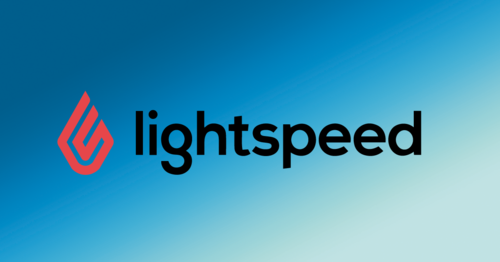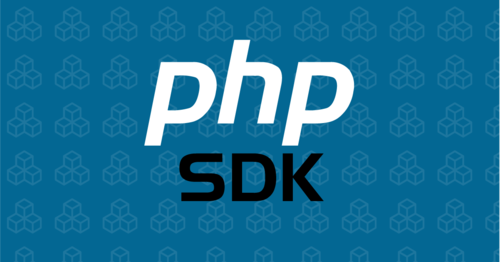The last years have seen major changes in the payment landscape. There has been an increase in change of payments in the checkout. Webshops tend to struggle with high customer acquisition costs, due to the fierce competition and related marketing costs. This means that you have to make the most out of a customers lifetime value. We will identify the key ways of raising that lifetime value through a seamless checkout process in this article.
All about the basics
In order to ensure that your customers experience the most fluid experience possible on your website, it’s essential that you get your basics right. Within your checkout process there are two major streams that are key; the frontend and the backend.
The frontend
It comes as no surprise that the front end of your webshop is key to its functioning. In order to streamline the customers experience, it is of the utmost importance that you create an environment that doesn’t raise any doubts about your website and services, trust is a valuable commodity.
Ensure the currency that you offer your visitors is the same from the first product they see, to the checkout. This means that your PSP should be able to process local currency. Besides currency, it’s also of note that you only offer methods of payment that are available in a region (no payment methods that can’t be used).
Only offer available methods and ensure that you offer the full capacity of available methods. Many customers like to use the “receive first, pay later” methods of payment, so providing this to your clients will most likely have a positive effect on the conversion rate of your webshop. Key takeaway for your webshop is; you need to give customers the feeling that you are trustworthy. The best way to do this is by being transparent and accommodating.
Last but not least, delivery options. Many webshops offer clients a general delivery method, but going one step beyond and allowing your visitors to select a day and time slot can have really positive effects on your perceived image and conversion. Not necessarily ground breaking news, but all vital basics to have sorted out in your webshop.
The backend
How to reduce the cart abandonment rate during checkout? Make your checkout simple and fast. Recent developments in tech and the market itself have outlined several key aspects that are of great influence upon the checkout. The backend especially is where most of these recent innovations have taken place.
Changing regulations
Online fraud is a major issue. In order to combat fraud there have been a number of developments when it comes to regulations. This has led to the current PSD2 regulation. PSD2 comes with a component called the SCA (Strong Customer Authentication), this basically entails that every payment above 30 euro has to be authorized by a two-factor authentication. To name a good example, credit cards use 3D-Secure 2.0, which stems from its predecessor 3D Secure. With version 2.0 mainly addressing the pain points of its foregoer, emphasizing ease of use and integration.
While these measures are great for reducing fraud, they can still disrupt the customers experience by asking them to fill out various forms and enter their 2FA (confirming their payment with at least two forms of identification). It’s key in this, that your PSP finds a way to integrate this into your payment process as seamlessly as possible. A great example here is applying filters so your clients only have to fill in their 3D-Secure code when they are making a payment above a certain fee, from a high risk country, just to name an example.
Recognition
In order to fully accommodate the visitors of your webshop it is important that you implement several features relating to recognition. One of the more widely used options is to provide your visitors with the option to create an account, saving them time on repeat purchases due to not entering their name and address.
The next logical step in this process is remembering their last method of payment, essentially saving your client one step in their checkout. A major growing trend is applying tokenization in your webshop. Tokenization is the process of saving cards in an encrypted manner, which is a huge step forward in providing your clients with a truly seamless payment experience.
By facilitating repeat purchases in your webshop, you will be able to lower the cost of acquisition for your conversions, as a repeating customer will almost always have a significantly lower cost of acquisition than a first time customer.
Advanced methods of payment
As we touched upon earlier, tokenization is one of the more recent developments in the online payment landscape. When summarized, tokenization essentially assigns a token to a credit card, which allows the merchant to save the method of payment safely. This all ties into the “1-click payment” exceptionally well, allowing you to save your clients name, address, method of payment and payment details. Once this is implemented right a webshop can truly offer her clients the 1-click payment experience.
Digital wallets are also a key part of the recent developments in methods of payment. Apple Pay is a great example of a digital wallet, giving customers the option to save their cards in a digital environment. When using Apple Pay the customer simply selects one of their cards and the payment is instantly processed. Apple Pay also makes use of tokenization to safely store various cards. Want to know more about Apple Pay & Tokenization? Read our full article here.
Eyes on the future
Looking at the current developments and trends, it’s quite clear that the industry is moving towards providing a more and more seamless experience in checkout. Offering your customers so-called “Frictionless payments” is going to be key to staying at the top of the ecommerce game. Here at MultiSafepay we have a great deal of experience at the forefront of the online payment industry, will continue innovating and looking towards the future.
Would you too like to make sure you stay at the top of the ecommerce game and future proof your webshop?


